Collective Molecular Activities of the Plant: Euodia Lunu-Ankenda
Plant ID: NPO19509
Plant Latin Name: Euodia Lunu-Ankenda
Taxonomy Genus: Euodia
Taxonomy Family: Rutaceae
Plant External Links:
NCBI TaxonomyDB:
n.a.
Plant-of-the-World-Online:
n.a.
Overview of Ingredients
16 All known Ingredients in Total
Unique ingredients have been isolated from this plant.Plant-Ingredients Associations were manually curated from publications or collected from other databases.
12 Ingredients with Acceptable Bioavailablity
Unique ingredients exhibit acceptable human oral bioavailablity, according to the criteria of SwissADME [PMID: 28256516] and HobPre [PMID: 34991690]. The criteria details:SwissADME: six descriptors are used by SwissADME to evaluate the oral bioavailability of a natural product:
☑ LIPO(Lipophility): -0.7 < XLOGP3 < +5.0
☑ SIZE: 150g/mol < MW < 500g/mol
☑ POLAR(Polarity): 20Ų < TPSA < 130Ų
☑ INSOLU(Insolubility): -6 < Log S (ESOL) < 0
☑ INSATU(Insaturation): 0.25 < Fraction Csp3 < 1
☑ FLEX(Flexibility): 0 < Num. rotatable bonds < 9
If 6 descriptors of a natural plant satisfy the above rules, it will be labeled high HOB.
HobPre: A natural plant ingredient with HobPre score >0.5 is labeled high human oral availability (HOB)
9 Ingredients with experimental-derived Activity
Unique ingredients have activity data available.Ingredient Structrual Cards
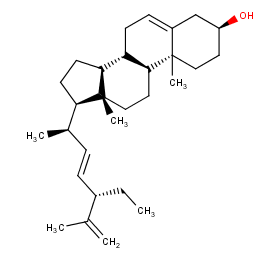
Ingredient ID: NPC81455
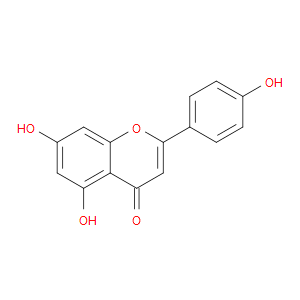
Ingredient ID: NPC50898
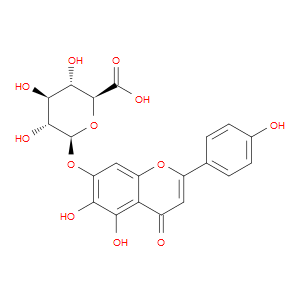
Ingredient ID: NPC43211

Ingredient ID: NPC33067
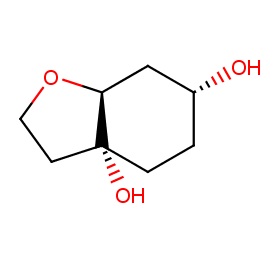
Ingredient ID: NPC261693
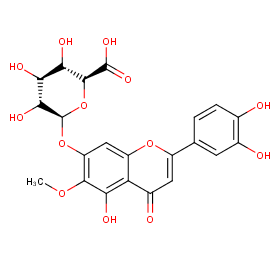
Ingredient ID: NPC242839
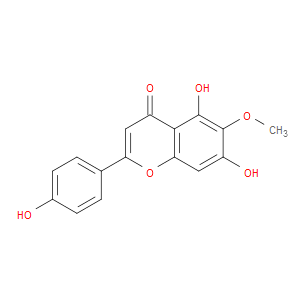
Ingredient ID: NPC241498

Ingredient ID: NPC234957
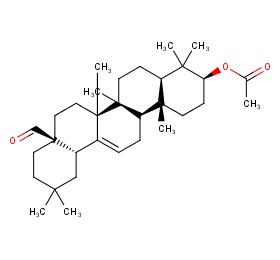
Ingredient ID: NPC224145
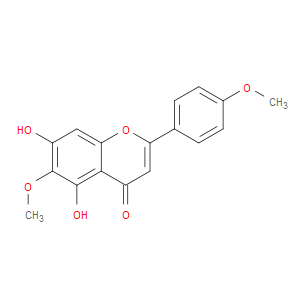
Ingredient ID: NPC156222
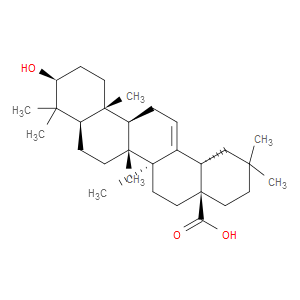
Ingredient ID: NPC142415
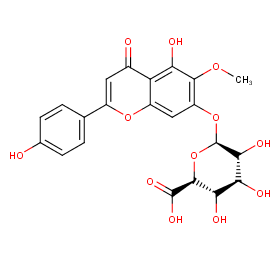
Ingredient ID: NPC130342
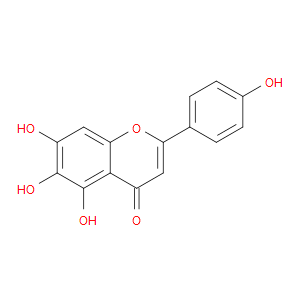
Ingredient ID: NPC130230
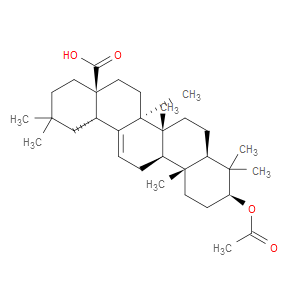
Ingredient ID: NPC120840

Ingredient ID: NPC102304
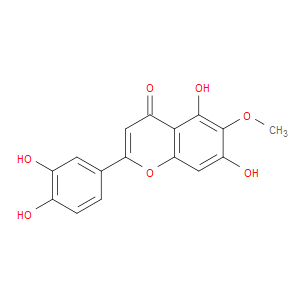
Ingredient ID: NPC100887
Classification of Human Proteins Collectively Targeted by the Plant
Detailed Information of Target Proteins
| Target Type | Protein Class | Gene ID | Protein Name | Uniprot ID | Target ChEMBL ID |
|---|---|---|---|---|---|
| Cytochrome P450 | Cytochrome P450 family 1 | CYP1A1 | Cytochrome P450 1A1 | P04798 | CHEMBL2231 |
| Cytochrome P450 | Cytochrome P450 family 1 | CYP1A2 | Cytochrome P450 1A2 | P05177 | CHEMBL3356 |
| Cytochrome P450 | Cytochrome P450 family 1 | CYP1B1 | Cytochrome P450 1B1 | Q16678 | CHEMBL4878 |
| Therapeutic Target | Enzyme | CES1 | Acyl coenzyme A:cholesterol acyltransferase | P23141 | CHEMBL2265 |
| Therapeutic Target | Enzyme | GFER | FAD-linked sulfhydryl oxidase ALR | P55789 | CHEMBL1741189 |
| Therapeutic Target | Hydrolase | ACHE | Acetylcholinesterase | P22303 | CHEMBL220 |
| Therapeutic Target | Nuclear hormone receptor subfamily 1 | NR1H4 | Bile acid receptor FXR | Q96RI1 | CHEMBL2047 |
| Therapeutic Target | Nuclear hormone receptor subfamily 3 | ESR2 | Estrogen receptor beta | Q92731 | CHEMBL242 |
| Therapeutic Target | Oxidoreductase | HSD17B1 | Estradiol 17-beta-dehydrogenase 1 | P14061 | CHEMBL3181 |
| Therapeutic Target | Protein Kinase | MKNK2 | MAP kinase signal-integrating kinase 2 | Q9HBH9 | CHEMBL4204 |
❱❱❱ Associated Human Diseases and Detailed Association Evidence
How do we define the Plant-Targeted Human Disease Association?
Associated human diseases of an individual plant are summurized based on FOUR types of association evidence, these include:
❶ Association by Therapeutic Target: Bioactive protein targets of the plant were defined in "Molecular Targets" section, target-disease associations collected from TTD database were subsequently used to build the associations between the plant and its targeted human diseases.
❷ Association by Disease Gene Reversion: Plant and a specific disease will be associated when >= 1 plant target gene overlaped with disease's DEGs.
❸ Association by Clinical Trials of Plant: Plant and a specific disease will be associated when >= 1 clinical trial (the plant is the intervetion) can be matched in ClinicalTrials.gov database.
❹ Association by Clinical Trials of Plant Ingredients: Plant and a specific disease will be associated when >= 1 clinical trial (the plant ingredient is the intervetion) can be matched in ClinicalTrials.gov database.
Associated Disease of the Plant | Association Type & Detailed Evidence |
|---|---|
Acute diabete complicationDisease Category: 05.Endocrine, nutritional or metabolic diseasesDisease ICD-11 Code: 5A2Y |
DPP4,PTPN1
|
Acute myeloid leukaemiaDisease Category: 02.NeoplasmsDisease ICD-11 Code: 2A60 |
KIT,PTPRC
|
Acute respiratory distress syndromeDisease Category: 12.Diseases of the respiratory systemDisease ICD-11 Code: CB00 |
F3
|
Adenocarcinoma of bronchus or lungDisease Category: 02.NeoplasmsDisease ICD-11 Code: 2C25.0 |
ACHE,AKR1B10,TTR,THPO,XDH
|
Adenocarcinoma of pancreasDisease Category: 02.NeoplasmsDisease ICD-11 Code: 2C10.0 |
ACHE,AKR1B10,CYP1B1,TTR,KIT,PTPRC,PTPN1,DPP4,XDH,CDC25B,CES1
|
Adenocarcinoma of prostateDisease Category: 02.NeoplasmsDisease ICD-11 Code: 2C82.0 |
TTR
|
Adenocarcinoma of stomachDisease Category: 02.NeoplasmsDisease ICD-11 Code: 2B72.0 |
CYP19A1,CDC25B
|
Alzheimer diseaseDisease Category: 08.Diseases of the nervous systemDisease ICD-11 Code: 8A20 |
ESR2,KIT,ACHE
|
AmyloidosisDisease Category: 05.Endocrine, nutritional or metabolic diseasesDisease ICD-11 Code: 5D00 |
TTR
|
Autism spectrum disorderDisease Category: 06.Mental, behavioural or neurodevelopmental disordersDisease ICD-11 Code: 6A02 |
DPP4
|

